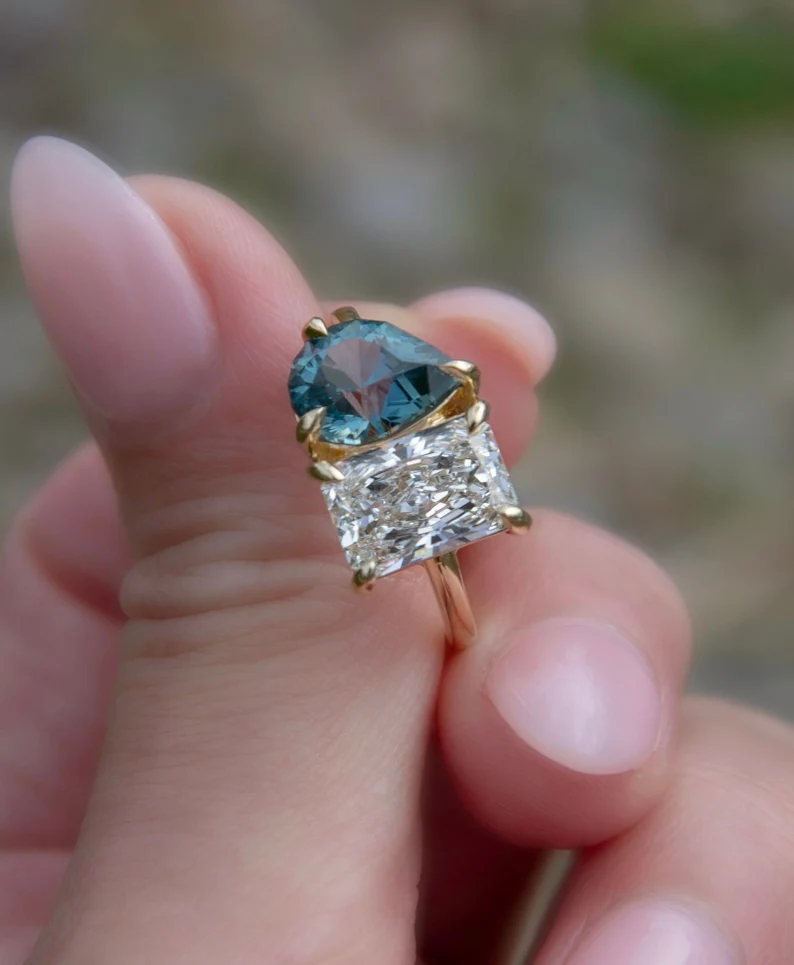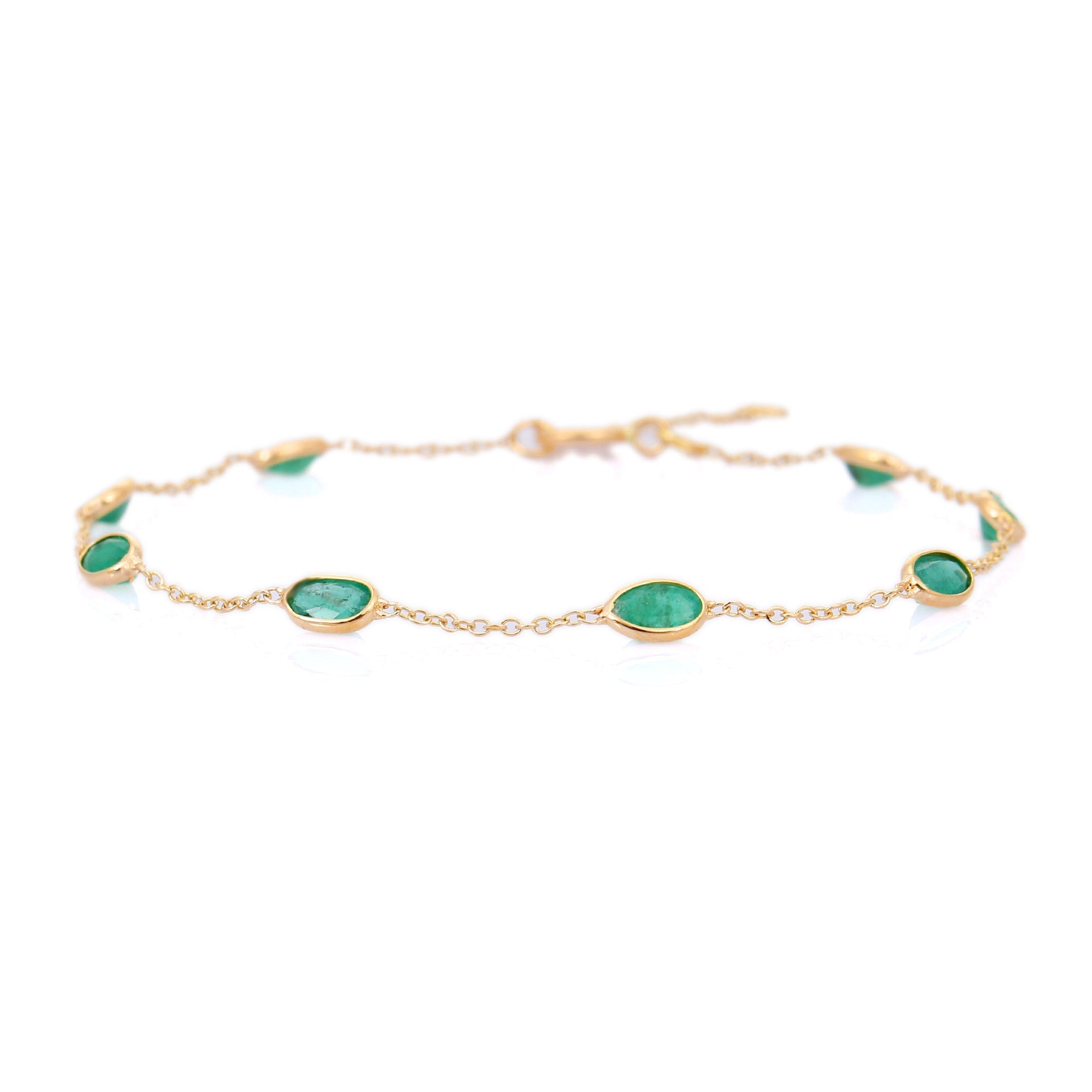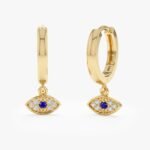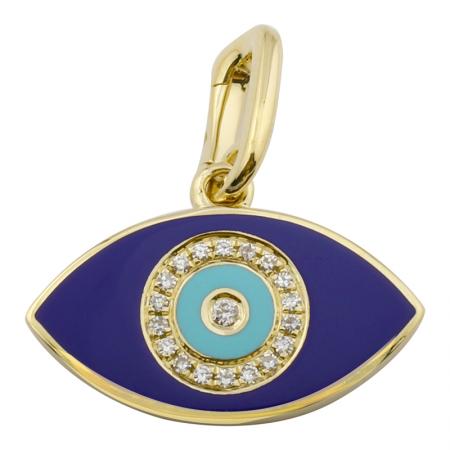First Earrings: Safe Metals for US Kids (and Backings That Don’t Pinch)

Getting a child’s first earrings brings big questions: which metal will not irritate delicate skin, and which backings are secure without pinching? The right choices lower the chance of allergic reactions, infection, and lost earrings. Below I explain practical, specific options you can buy in the U.S., why they work, and how to size them for newborns and toddlers.
Metals to choose — the safest options and why
Pick metals that are either inert (release almost no ions) or meet medical/implant standards. Those materials reduce the risk of contact allergy and irritation.
- Implant-grade titanium — Look for labels like ASTM F136 (Ti‑6Al‑4V ELI) or ASTM F67 / commercially pure titanium (Grade 2). Why: titanium is highly biocompatible and releases virtually no nickel. It’s used for surgical implants, so it’s a safe choice for fresh piercings. Example: a 14k-equivalent feel but much lower allergy risk.
- Niobium (pure) — Pure niobium is naturally hypoallergenic and accepts anodizing for color without plating. Why: it does not contain nickel and is very stable against corrosion. Example: small 3mm niobium studs in 20G (0.8 mm) for sensitive ears.
- Platinum (Pt 950) — 95% platinum alloys are extremely inert. Why: platinum rarely causes reactions and resists wear and tarnish. The downside is cost, making it less common for infant studs.
- Solid 14k or 18k gold (yellow or rose) — Prefer solid, not plated. 14k is ~58.3% gold; 18k is ~75% gold. Why: higher-purity gold contains less alloy metal that can trigger allergies. Avoid white gold unless it’s rhodium plated and you know the underlying alloy is nickel-free. Example: 14k yellow gold 20G (0.8 mm) post with small bezel-set gem.
- Implant-grade stainless steel — Specifically 316LVM or ASTM F138 surgical steel. Why: this steel is low in reactive ion release when produced to medical specs. Caveat: some lower-quality “surgical steel” on the market still releases nickel — check for the medical-grade designation.
Metals to avoid or use cautiously
These increase the risk of irritation or hide allergens inside plating.
- Gold-plated, vermeil, or plated metals — The thin gold layer can wear away and expose base metals (often containing nickel or copper). That causes reactions once plating wears through.
- Sterling silver (925) — Sterling contains ~7.5% copper. It tarnishes and can irritate fresh piercings, so avoid for new holes.
- Unknown “surgical steel” without certification — If the seller does not list 316LVM or ASTM F138, don’t assume it’s safe for an infant’s first piercing.
Why nickel and alloy composition matter
Nickel is the most common cause of contact allergy to jewelry. When nickel ions leach into skin, they trigger delayed hypersensitivity in sensitized people. In the U.S., there is no single federal limit on nickel release from jewelry like in the EU, so look for materials tested to medical standards (implant-grade titanium, Pt 950, 316LVM). Choosing certified materials is how you reduce exposure to nickel and other reactive metals.
Backings that don’t pinch — safe, secure choices
For kids you want backings that stay put, don’t press painfully on the earlobe, and minimize snagging.
- Locking (La Pousette) backs — These offer a secure, low-profile lock that grips the post without squeezing the earlobe. Why: they reduce movement and are hard for young children to pull off, lowering infection risk and lost studs.
- Screw-back studs — The post screws into a threaded back. Why: very secure and unlikely to come off during play. They also seat flush and don’t pinch soft tissue.
- Large-disc safety backs (soft plastic or silicone with metal core) — A wider surface spreads pressure across the ear and reduces irritation. Why: they’re comfortable for long wear and harder to push too tight. Note: avoid small loose silicone backs for infants; they can be a choking hazard if removed.
- Avoid basic friction (butterfly) backs for young kids — These are easy to push on too tightly and can pinch the earlobe. They also come off easily when kids fidget.
Sizing and practical product details
Fitting matters as much as metal. Wrong thickness or overly long posts increase snagging and irritation.
- Gauge (thickness) — Common piercing gauges for children are 20G (0.8 mm) and 18G (1.0 mm). Pediatricians and professional piercers often use 20G for newborns and 18G for slightly older children. Why: thinner posts are less traumatic for small ears, but some piercers prefer 18G for stability.
- Post length — For newborns and infants, choose short posts, typically about 6–8 mm in length so the back sits close to the ear and reduces snagging. For toddlers and older children, 8–10 mm may be used to accommodate thicker lobes and swelling during healing.
- Stone/face size — Small, low-profile stones (2–3 mm) or flat bezels are best. Why: smaller faces are less likely to catch on clothing or hair.
Buying and aftercare tips
- Buy solid and certified — Ask the seller for documentation: “implant-grade titanium (ASTM F136 or F67)”, “316LVM / ASTM F138”, or stamped karat for solid gold (14k, 18k). Avoid ambiguous labels like “hypoallergenic” without specifics.
- Don’t switch metals while healing — Changing from titanium to gold or silver during the healing period can introduce new ions and increase irritation. Keep the original safe metal in place for the recommended healing time (typically 6–8 weeks for earlobes, a bit longer for some children).
- Cleaning — Use a sterile saline solution for cleaning, not alcohol or peroxide, which can dry tissue and slow healing. Why: saline gently removes debris without damaging the forming skin barrier.
- Watch for allergy signs — Redness, persistent swelling, blistering, or increasing pain after the first week suggest a reaction. If that happens, remove the earring and consult your pediatrician or dermatologist.
Bottom line: for a child’s first earrings, choose implant-grade titanium, pure niobium, platinum, or solid 14k/18k gold (not plated). Pair those metals with locking or screw-back closures or a large safety disc to minimize pinching, pulling, and loss. These choices reduce allergy risk and make healing smoother.




